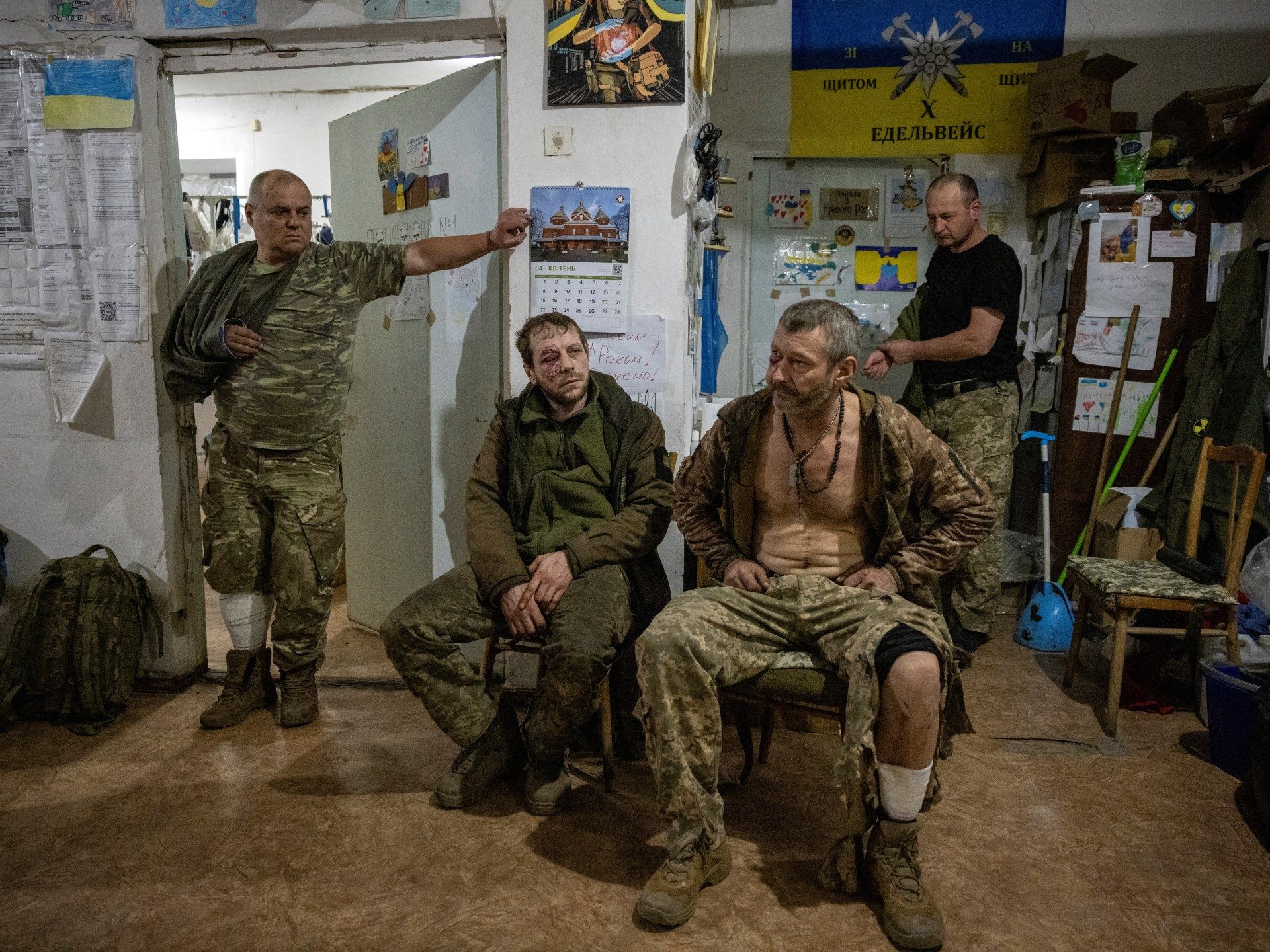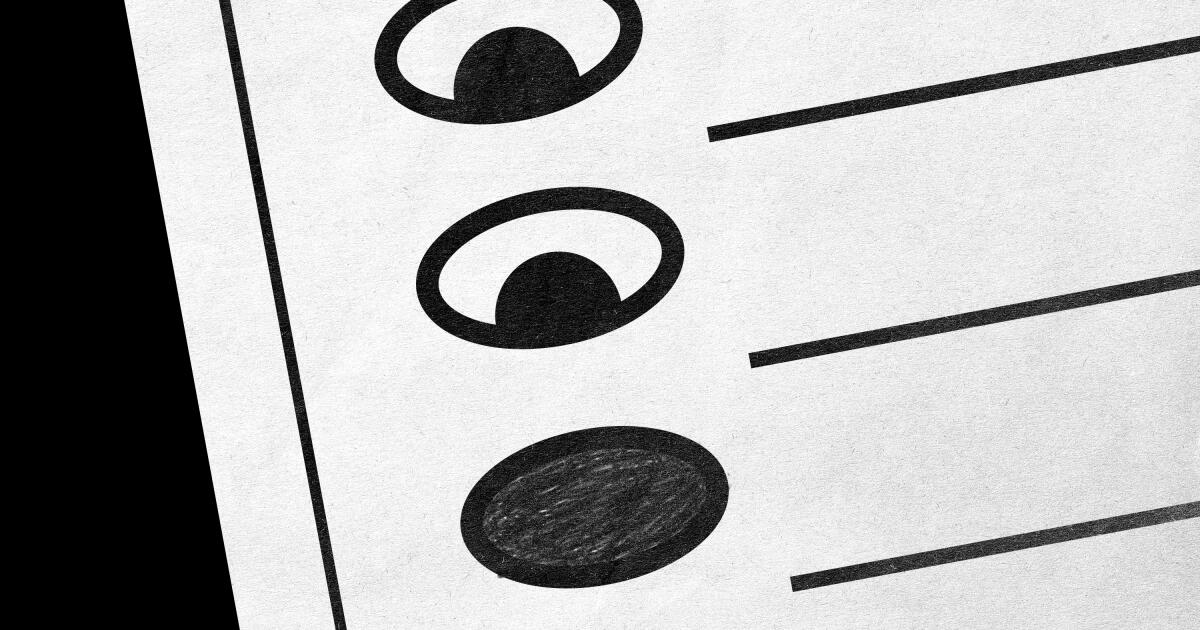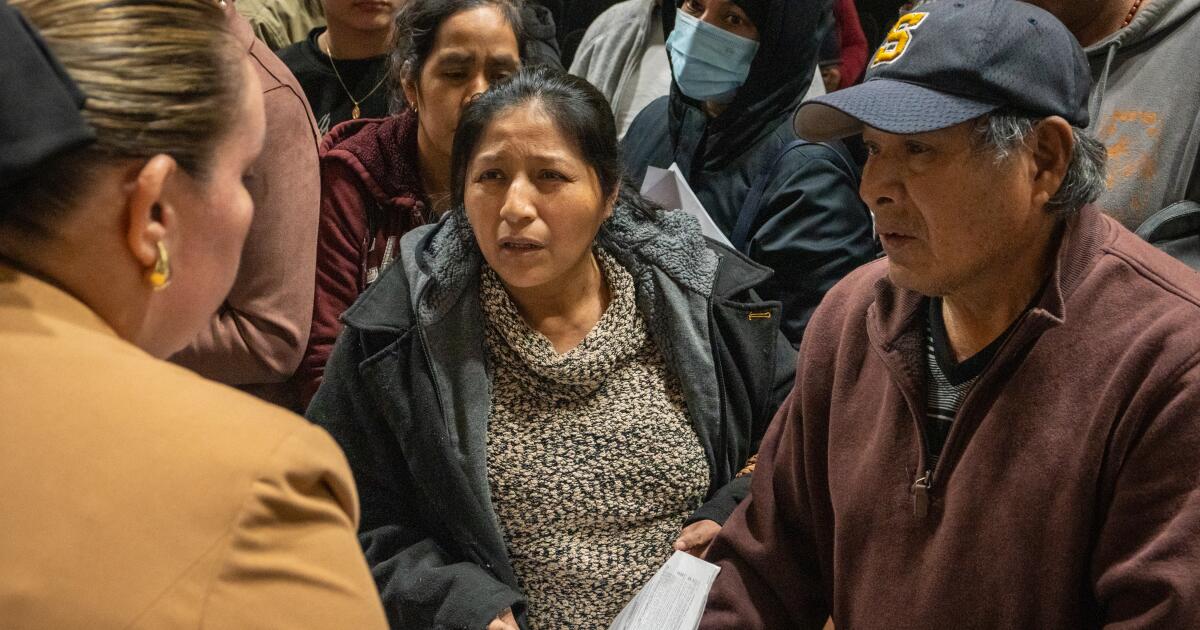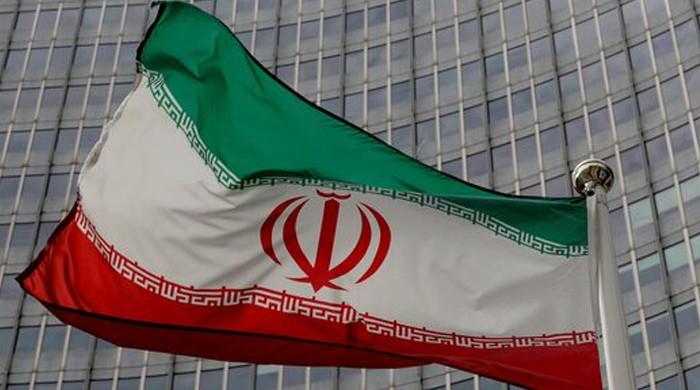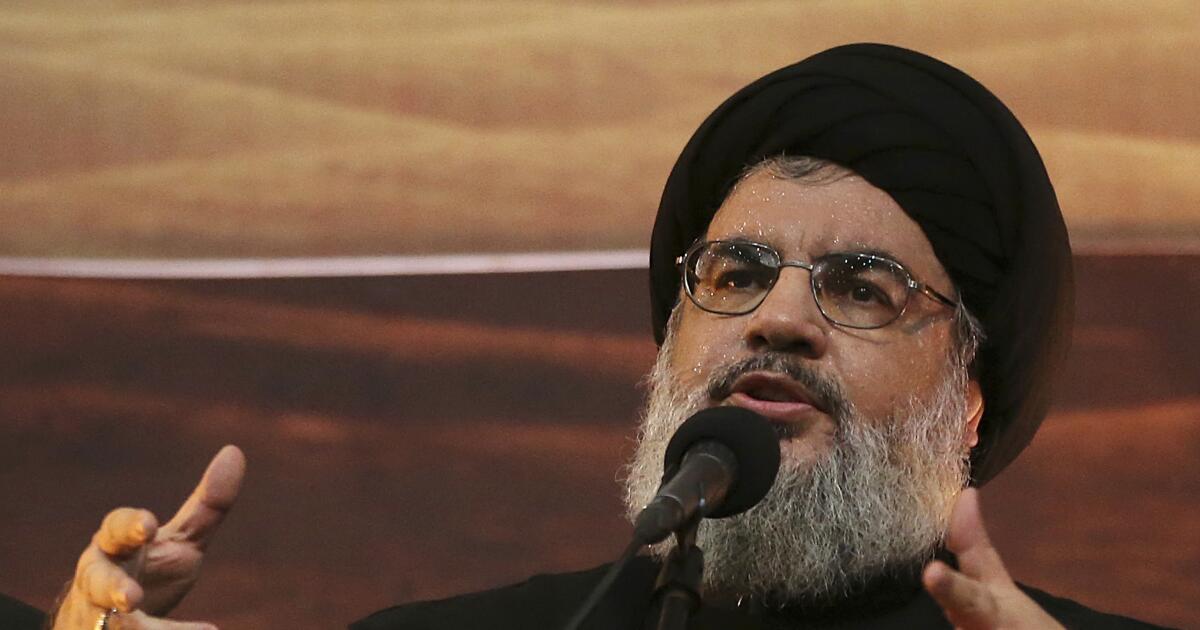Europe began to shed some of its self-imposed limitations on helping Ukraine militarily over the past week, while the United States remained cautious and Russia warned against actions that could cause “a World War,” an oft-repeated threat to use nuclear weapons. .
On the ground, Ukraine stopped the Russian advance in its northern region of Kharkiv, regained some territory northeast of Lyptsi, and maintained the defense of Chasiv Yar, a strategically important city on the eastern front.
Its Military Media Center said on Sunday it had killed or wounded 8,650 Russian soldiers in a week, the equivalent of 17 battalions, and destroyed 81 tanks and 153 armored vehicles. Ukrainian President Volodymyr Zelenskyy said Russian losses in Kharkiv were eight times greater than Ukraine's.
But he warned that new Russian offensive forces were building up in Belgorod, northwest of Kharkiv.
Al Jazeera could not independently verify the number of victims and the figures announced by Ukraine.
French President Emmanuel Macron said on Sunday he would allow Ukraine to use French weapons to attack inside Russia, a demand Ukraine has raised with new urgency since the May 10 Kharkiv incursion.
“We believe that we should allow them to neutralize the military sites from which missiles are fired and, basically, the military sites from which Ukraine is attacked,” Macron said during a news conference with German Chancellor Olaf Scholz during a three-day trip. To Germany.
“Ukrainian soil is being attacked from bases in Russia. So how do we explain to the Ukrainians that we are going to have to protect these cities… if we tell them that they are not allowed to reach the point from which the missiles are fired?
Macron clarified that civilian facilities could not be attacked.
His statement came a day after Russia fired missiles at a shopping mall in Kharkiv, burning it to the ground, killing 16 people and hospitalizing 45. Many are still missing.
“This attack on Kharkiv is another manifestation of Russian madness. There is simply no other way to call it. Only crazy people like Putin are capable of killing and terrorizing people in such a vile way,” Zelenskyy declared.
Ukraine's air defenses are often not enough to intercept hails of missiles and drones fired from Russia and Crimea, and Ukraine has said it needs to attack Russian missile launch sites and airfields.
From those airfields, Russia launches planes that drop approximately 3,000 glide bombs a month – massive munitions typically weighing 250 or 500 kg (550 or 1,100 pounds) – which, according to military analysts, have largely contributed to giving it the initiative in the forehead.
Currently, Ukraine can only shoot down bombers that drop these gliding bombs, and did so twice this week, shooting down Sukhoi-25 over Kharkiv on May 22 and Donetsk the next day. It has also partially blinded Russian pilots by grounding their A-50 radar planes that facilitate recognition and location of targets.
But that's not enough, Ukraine says, because Russian missiles, gliding bombs and drones keep coming, and now there are new ground invasions. It also needs to attack airfields, missile launch sites and offensive battalions that are located on Russian soil a few kilometers from the border with Ukraine.
Standing in a bombed printing house in Kharkiv on Sunday, Zelenskyy said a new ground invasion was imminent: “Russia is preparing for offensive actions also 90 kilometers away. [56 miles] northwest of here, they gather another group of troops near our border,” he told reporters.
Currently, Ukraine can only attack Russia with its Soviet-era S-200/S-300 air defense missiles or domestically produced drones, which carry small payloads and are easily shot down by Russian air defenses.
Ukraine's NATO allies have begun to recognize this and on Monday the NATO Parliamentary Assembly voted to expand the use of weapons and accelerate their delivery.
The adopted Declaration 489 called on allies to “support Ukraine in its international right to defend itself by lifting some restrictions on the use of weapons provided by NATO allies to attack legitimate targets in Russia.”
Most notably, NATO chief Jens Stoltenberg went against the policy of the alliance's largest member, the United States, to urge its allies to do so.
“The time has come for allies to consider whether they should lift some of the restrictions they have placed on the use of weapons they have donated to Ukraine,” Stoltenberg told The Economist.
“Especially now that a lot of fighting is taking place in Kharkiv, near the border. [with Russia]”Denying Ukraine the ability to use these weapons against legitimate military targets on Russian territory makes it very difficult for them to defend themselves.”

Macron is not the first NATO leader to lift restrictions.
British Foreign Secretary David Cameron did so during a visit to kyiv on May 3.
Since May 2023, France and the United Kingdom have provided Ukraine with the 250-km-range (155-mile) Scalp/Storm Shadow missile, its longest-range weapon for a year, joined last month by the 300-km-range (155-mile) missile. km (186 miles) range. ATACMS is provided by the USA.
Despite the NATO statement, US Pentagon spokeswoman Sabrina Singh said on Wednesday: “Our position has not changed in terms of how we believe the Ukrainians can succeed on the battlefield. But I let other countries talk about the weapons they themselves provide.”
But his position seemed to be the subject of debate.
The New York Times reported that Secretary of State Antony Blinken disagreed with other Cabinet members over banning the use of American weapons in Russia.
During a visit to kyiv on May 15, Blinken had said: “We have not encouraged or allowed attacks outside Ukraine, but ultimately Ukraine has to make decisions for itself about how it is going to conduct this war,” a statement which seemed to hint at a change in policy.
Sergey Lavrov, Russia's foreign minister, said at a news conference in Belarus on Friday that the White House was not in any dilemma: “Washington is trying… to pretend that the decision has not yet been made. It's a trick. “We are certain that American and other Western-supplied weapons are being used to attack targets on Russian territory.”
Germany, the other major obstacle, leaned toward Macron's position on Monday, when Chancellor Scholz told reporters that Ukraine could attack military sites inside Russia.
“Ukraine has every possibility to do this, according to international law,” Scholz said. “It must be said clearly: if Ukraine is attacked, it can defend itself.”
Scholz also did not budge on the supply of 500-kilometer-range (316-mile) Taurus missiles, which Germany produces and Ukraine has requested.

Russian President Vladimir Putin wasted no time warning that there would be “serious consequences” if Ukraine used European weapons inside Russia, and the traditionally outspoken Dmitry Medvedev, deputy head of the Russian Security Council, wrote in Americans achieving our objectives means starting a war.” World War”.
Meanwhile, France was already holding talks to remove another NATO taboo and send its troops to train Ukrainian units inside Ukraine, something Stoltenberg did not support.
Ukrainian Commander-in-Chief Oleksandr Syrskii announced on Telegram that French instructors would soon “visit” training facilities on Ukrainian soil.
“I welcome France's initiative to send instructors to Ukraine to train Ukrainian military personnel,” he wrote on Monday. “I have already signed the documents that will allow the first French instructors to visit our training centers soon.”
Poland, another important ally of Ukraine, has said it is considering removing another taboo: shooting down Russian missiles from its own airspace. Ukraine asked its allies to do this after an international task force in the Red Sea helped shoot down 307 Iranian missiles and drones bound for Israel on April 13.
Ukraine also signed three new multi-year bilateral military agreements during the week, with Spain, Belgium and Portugal. Spain and Belgium each pledged 1 billion euros ($1.1 billion) in aid this year, and Belgium said it would send 30 F-16 fighter jets to Ukraine by 2028. Ukraine has said it needs between 120 and 130 F-16s. to defend their airspace.
Not everyone in the alliance agreed to accelerate and expand military aid to Ukraine.
Hungarian Viktor Orban told Kossuth Radio that he was not satisfied that NATO did not become a party to the conflict and that Brussels had “working groups working on ways for NATO to participate in this war.”
“Hungary is opposed to this. The government is working hard to figure out how to avoid participating in the war and remain a member of NATO,” Orban said, quoted by the Russian state news agency TASS. “There are not many situations in NATO history where member states have openly adopted a different stance like the one Hungary is now taking.”
Hungary maintains strong economic and energy ties with Russia and has banned the transit of military aid through its territory on its way to Ukraine.


